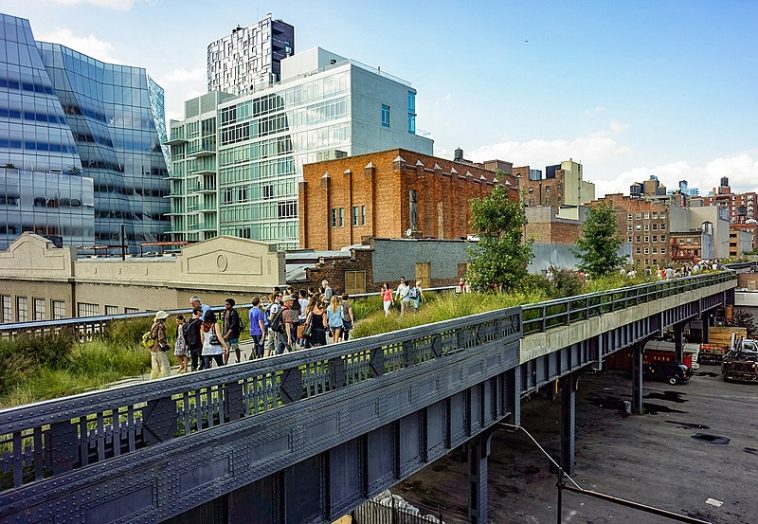In the face of rapid urbanization and environmental challenges, revitalization and adaptive reuse have emerged as critical strategies in modern architecture. These approaches focus on transforming existing structures to serve new purposes while preserving their historical, cultural, or aesthetic significance. By blending innovation with heritage, architects and urban planners create sustainable solutions that honor the past while meeting the demands of the present.
What Is Adaptive Reuse?
Adaptive reuse is the process of repurposing old buildings for new uses while maintaining their structural framework. Unlike demolition and reconstruction, adaptive reuse saves resources, reduces waste, and retains the character of existing architecture. This approach is particularly valuable in urban areas where space is limited and historical buildings hold cultural importance.
Examples of Adaptive Reuse Projects:
- The High Line (New York City): Once an abandoned railway line, this elevated structure has been transformed into a vibrant urban park, attracting millions of visitors annually.
- Tate Modern (London): A former power station converted into an iconic modern art museum, blending industrial aesthetics with contemporary design.
Why Revitalization Matters
Revitalization is not just about aesthetics; it’s a holistic approach to renewing neighborhoods and cities. It includes improving infrastructure, creating public spaces, and making urban areas more livable and functional.
Key Benefits:
- Environmental Sustainability: Revitalizing existing buildings significantly reduces construction waste and carbon emissions compared to new builds.
- Cultural Preservation: Adaptive reuse often retains the historical and cultural essence of a structure, fostering a sense of continuity.
- Economic Growth: Revitalized spaces attract businesses, tourism, and residents, boosting local economies.
Challenges of Adaptive Reuse
Despite its benefits, adaptive reuse comes with unique challenges:
- Structural Limitations: Older buildings may require extensive retrofitting to meet modern safety and accessibility standards.
- Balancing Old and New: Maintaining the character of a structure while integrating modern features can be a delicate task.
- Cost Considerations: While adaptive reuse can be cost-effective in the long run, the upfront investment for restoration and retrofitting may be significant.
Designing for Adaptive Reuse
Architects and planners play a crucial role in making adaptive reuse projects successful. Key principles include:
- Contextual Sensitivity: Understanding the historical and cultural context of the structure.
- Sustainability: Incorporating energy-efficient systems and eco-friendly materials.
- Flexibility: Designing spaces that can adapt to future needs.
The Future of Adaptive Reuse
As urban populations grow and climate change accelerates, adaptive reuse will likely become even more essential. Emerging technologies like 3D scanning and Building Information Modeling (BIM) make it easier to assess and adapt existing structures. Furthermore, growing public interest in sustainability and heritage preservation supports this approach.


